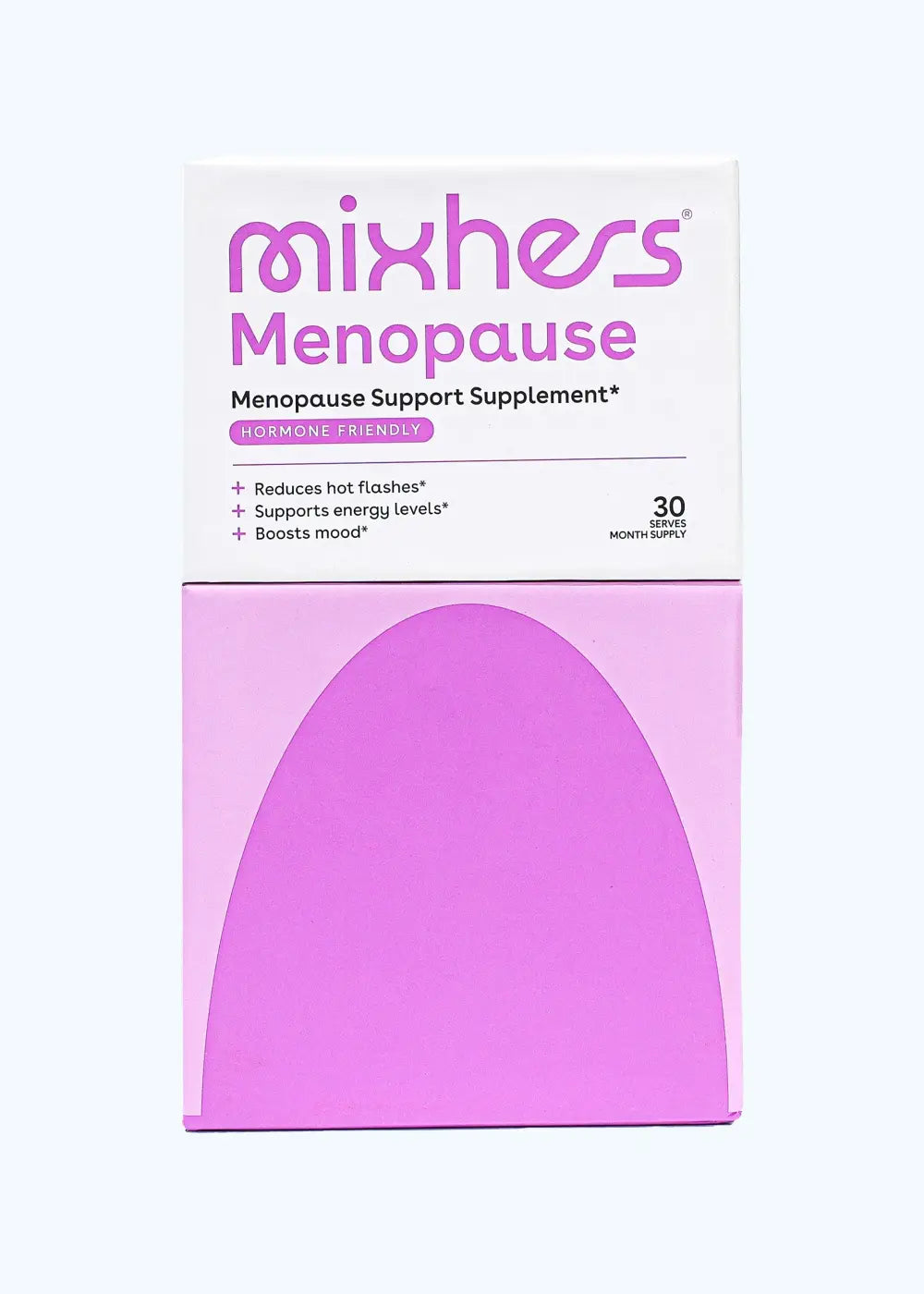We truly do have 101 problems as women! Our body is a natural wonder that not only sustains and improves our own lives but has the miraculous ability to create and sustain new life. This ability gives us some interesting challenges and complications to deal with each and every month, as our hormones cycle and reacts to this ability. But don't worry! There are easy ways to cope with and power through these constant changes. The better informed we are to deal with these things, the better equipped we'll handle them on an emotional and physical level. One issue many girls have a multitude of questions about has to do with spotting before or after our period.
What is it, what causes it, what does this irregular bleeding mean, why are there different colors, is it related to the birth control pill I'm taking, and should I (if ever) see a doctor if it gets too serious...we'd like to delve into the answers to those questions right here to makes sure that you know exactly what your body is doing during these times!
So, let's dive into it and try to help you understand your body a little bit better!
What is spotting
First things first: let's define exactly what spotting is.
Spotting (or breakthrough bleeding), on the whole, is menstrual blood that's released outside of a "normal" cycle. Your "normal" cycle refers to the monthly part of your hormonal cycle that the nutrient-rich lining in your uterus is shed through your vagina if you aren't pregnant. A more common term for this part of your cycle is your period or your menstrual cycle. This abnormal vaginal bleeding, which occurs outside of your normal menstrual flow, can often be surprising, but most of the time, it's easily explained.
Both spotting before period and spotting after your period can occur. This type of vaginal bleeding is typically connected to different symptoms. The blood that's associated with spotting can be different colors and can spot in different amounts. We'll go into that more later in the article.
When does spotting normally occur?
Spotting can occur at many different times of the month. When it occurs and why it occurs will be largely determined by environmental factors like hormones, nutrition, and even some sicknesses. There are quite a few of these factors, so we'll go through them here.
Most commonly, breakthrough bleeding occurs after a period, when the leftover uterine lining that didn't make its way out with the rest of the blood exits the body. If this occurs, you shouldn't panic! It's relatively normal.
Mid cycle spotting is common for women who have recently started taking birth control or another type of hormonal contraceptive. They can experience breakthrough bleeding for up to three months after they begin taking the said contraceptive. This occurs because your body is adjusting to these new hormone levels being introduced artificially into your body through these various birth control methods. It's also common for spotting to occur over longer-term when IUD's and other synthetic progesterone pills have been introduced to your body. Understand that most of these birth control methods will undoubtedly change your body's chemistry just a bit.
Spotting, in more severe cases, can also be caused by uterine fibroids. These uterine fibroids are non-cancerous growths that can form on the uterus during child-breaking years. Additionally, injuries to the vagina, cervix, or uterus can cause abnormal uterine bleeding. It can also be caused by miscarriages, STI's, PID, and in very rare cases, cancer. But, don't panic if you do have spotting. We'll explain later in the article if there is ever a point where you should be worried!
Spotting during pregnancy
Spotting can be caused, most frequently, in association with pregnancy or trying to become pregnant, and during ovulation. Here are some examples:
Breakthrough bleeding can occur alongside vaginal discharge when an egg is released and implantation fails to occur. The follicle containing this egg can also rupture and bleed. This is called ovulation spotting and it lasts around a day. Most of the time, this type of spotting can be accompanied by cramps on one side of the abdomen.
Or, if you're trying to get pregnant, breakthrough bleeding could actually be implantation bleeding (bleeding that occurs when an egg is fertilized). Implantation bleeding, or implantation spotting, typically will occur 10-14 days after the egg has been fertilized and attached to the uterine wall and is a good early pregnancy sign. This implantation bleeding is typically accompanied by lower back pain, cramps, abdominal pain, nausea, or sore breasts. This implantation bleed will happen the week before a period starts.
Spotting can also occur during your first trimester of pregnancy, once implantation has occurred. You want to keep an eye out for abnormal bleeding of course, but spotting during pregnancy can be caused by a couple of different things: period.
- Having sex. Sex is typically safe during pregnancy, but there are occurrences where it can be unsafe. If spotting occurs after having sex while being pregnant, you may want to consult a physician.
- An infection.
- Changes in hormone levels (this is to be expected during pregnancy).
Occasionally, this spotting during pregnancy can be related to much more severe cases like miscarriages or ectopic pregnancy. Again, if you are ever concerned, please consult your physician!
How are my hormones involved with spotting?
Remember, hormones can be tricky. When levels are off, or your body is out-of-whack, things that are considered out-of-the-norm can occur.
In this case, light bleeding from spotting can be triggered around the time of ovulation if estrogen levels drop before progesterone has had a chance to rise. Since estrogen stimulates the endometrium to thicken, a rapid drop of estrogen partnered with progesterone deficiency can trigger premature shedding of the uterine lining. Thus, spotting is caused.
Hormonal birth control and other contraceptives can also throw your hormones through a loop, creating a hormonal imbalance within your body.
What's the difference between spotting and bleeding?
Unfortunately, as women, we can have different types of vaginal bleeding. Spotting will last a day or two, as opposed to 3-7 days of bleeding during your menstrual cycle or menstrual period (which is considered the norm), and can happen at any point of the monthly cycle. It's usually a small amount of blood mixed with other discharge, and it can vary in color from brown to pink.
Interestingly enough, period blood can only come from the uterus. But, the blood associated with spotting can come from any part of the reproductive anatomy.
Should I be worried about spotting before period?
Spotting can be a little unnerving since it's not a normal part of your menstrual cycle or typical menstrual bleeding. However, the color of the blood can be a great indication of whether or not you should be worried not. It can also give us clues about what might be going on within our bodies to cause this abnormal bleeding.
Most of the time, spotting is not something to be too concerned about. As a physician, I often say to my clients that if they start to notice new breakthrough bleeding, they should just pop on a pad and let the spots tell us what we need to know.
The color of blood can tell us two things: first, the color tends to change depending on what's going on hormonally within your body. Second, it can also tell us the amount of time this blood is spent in the body.
If it's brown discharge, for example, it's old blood that has oxidized. Brown spotting can also indicate that the woman may have low progesterone levels, which is is hormone that causes the body to not fully shed its uterine lining during a period. The leftover tissue remains in the uterus and usually is released right before the next period.
Dark red or purple spotting can also be attributed to old blood leaving the body, but this particular blood hasn't had time to oxidize yet. It can also be a sign that there is an estrogen hormone dominance occurring. Estrogen is a growth hormone, and too much of it causes your body to build up a super thick lining each month that shows up dark and full of clots. Typically, women who spot with dark red or purple blood have bad period or menstruation symptoms.
Bright, red blood (almost like a cranberry) during your period is normally associated with healthy menstruation and balance between the two hormones estrogen and progesterone. However, if the breakthrough blood (spotting) is also bright red, this could be a sign of an infection, like gonorrhea or pelvic inflammatory disease (PID).
Pink or orange spots can happen when blood is mixed with cervical fluid or other discharge. These colors can signal that estrogen could be too low within the body or that other hormones are too low, creating a deficiency.
If your spotting blood is bordering on grey color, you should call your doctor immediately.
When should I see my doctor?
Any woman who experiences prolonged spotting, or new and unexplained spotting, should see their doctor as soon as possible. Although it isn't always the case, spotting can be a sign of something serious. And it's always better to be safe than sorry. If you are concerned with your spotting, in addition to being vigilant with tracking and noting color, you should also look for other symptoms like pain and irregular periods. If spotting lasts for more than a few days, causes dizziness, smells bad, causes severe cramps, or if there's a potential that you're pregnant, it's important to investigate further with the help of a doctor.
In conclusion
How are we feeling now? Hopefully a little more prepared to deal with our spotting issues?
It's important not to stress! Spotting before period is and can be a very can be scary, but remember: it's not always a bad sign. It can be a mixture of unbalanced hormones, old blood, or other imbalances within the body. Estrogen levels can be managed and maintained with proper diet, exercise, and sleep.
If you are spotting during pregnancy, this could be normal and completely part of the implantation process. So, again, don't stress. But, be sure to consult your doctor if this spotting continues during your pregnancy.
Use left/right arrows to navigate the slideshow or swipe left/right if using a mobile device












